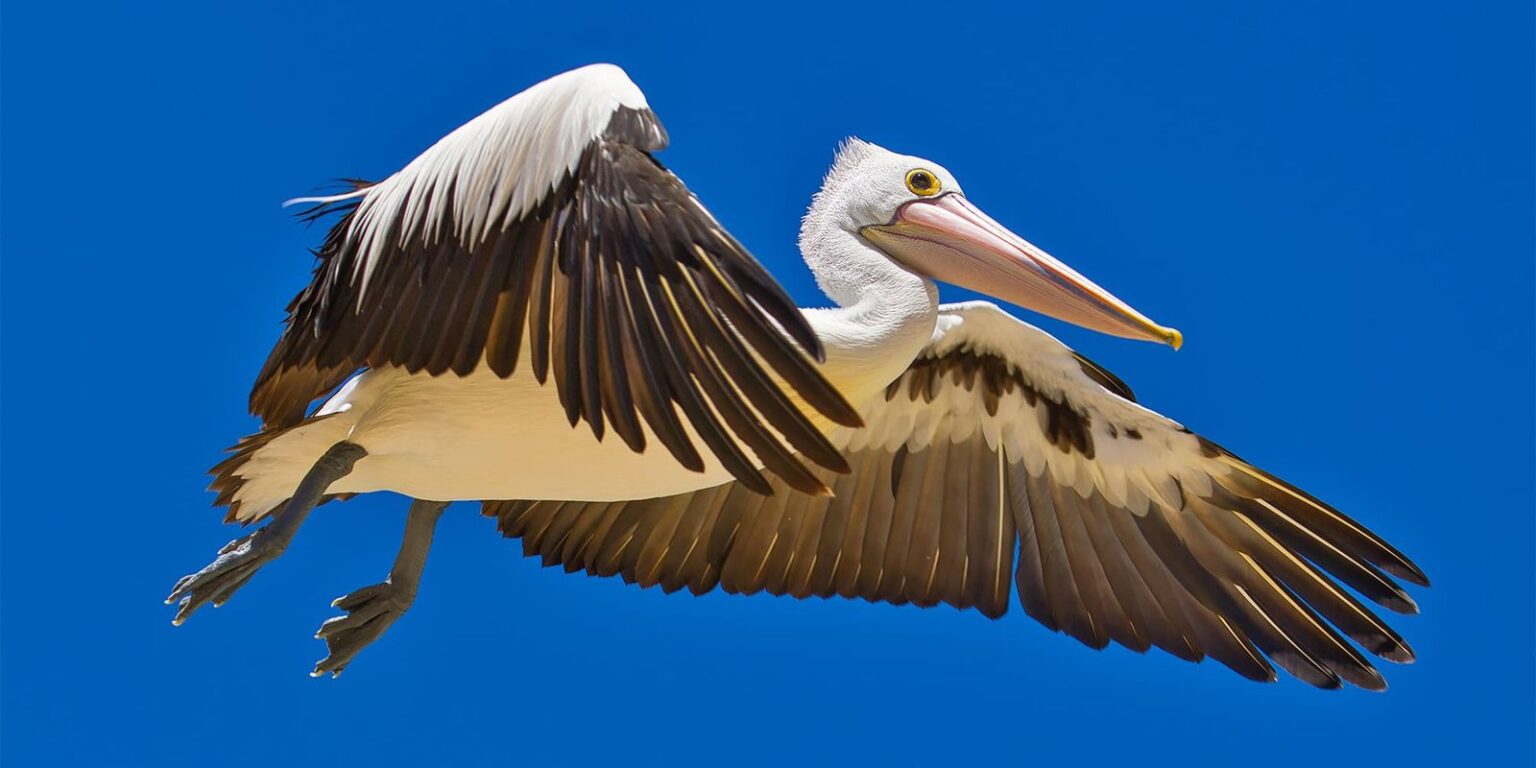Introduction to Pelicans
Pelicans are among the most fascinating birds on our planet. With their graceful glides and impressive wingspans, these aquatic birds capture the hearts of nature lovers everywhere. Known for their distinctive long bills and large throat pouches, pelicans have a special place in ecosystems around lakes, rivers, and coastal regions. From their striking appearance to their unique feeding techniques, there’s much to discover about these magnificent creatures.
Whether you’re an avid birdwatcher or simply curious about wildlife, delving into the world of pelicans promises an enriching experience. Let’s embark on a journey to explore where they live, how they thrive, and what makes them so intriguing!
Distribution and Habitat of Pelicans
Pelicans are remarkable birds found across various continents. They inhabit coastal regions, lakes, and rivers where fish are abundant. Their preference for warm climates leads them to thrive in tropical and subtropical areas.
These birds can be seen along the shores of North America, Europe, Africa, Asia, and Australia. Some species even migrate seasonally in search of food or breeding grounds.
Pelican habitats vary significantly depending on the species. While some prefer saltwater environments like oceans and estuaries, others favor freshwater settings such as ponds and wetlands.
Their adaptability is a key factor in their distribution. Pelicans often nest in colonies on islands to protect their young from predators while enjoying easy access to feeding grounds nearby.
Whether gliding over open waters or soaring through skies at dawn, pelicans continuously showcase their unique relationship with diverse ecosystems worldwide.
Physical Characteristics of Pelicans
Pelicans are truly fascinating creatures with distinct physical traits that set them apart. Their most recognizable feature is their large, elongated bill, which can measure up to 18 inches long. This impressive beak is not just for show; it plays a crucial role in their feeding habits.
The throat pouch is equally remarkable, allowing pelicans to scoop up fish and water during hunting. Once they catch their prey, the pouch drains excess water before swallowing.
Their bodies are typically stout and covered in feathers that range from white to brown or gray, depending on the species. Many pelicans have striking coloration patterns that provide excellent camouflage against various environments.
With broad wings spanning nearly ten feet in some species, these birds are masterful flyers. They often glide gracefully above lakes and coastal areas while searching for food below.
Diet and Feeding Habits of Pelicans
Pelicans are skilled hunters, primarily feeding on fish. They use their impressive bills to scoop up prey from the water with remarkable agility.
These birds often work together in groups. By forming a line or creating a semicircle, they herd fish towards shallower waters, making it easier to catch them. This cooperative behavior showcases their intelligence and social nature.
In addition to fish, pelicans may also consume crustaceans and other aquatic creatures when necessary. Their flexible diet allows them to adapt based on availability.
When feeding, pelicans perform an interesting maneuver: they plunge into the water with their mouths open wide. Once submerged, they drain excess water before swallowing their catch whole.
Their unique method of foraging highlights not just their physical adaptations but also their role in maintaining healthy aquatic ecosystems through natural predation.
Breeding and Life Cycle of Pelicans
Pelicans are fascinating when it comes to their breeding habits. These birds typically mate for life, forming strong pair bonds that last through the seasons.
Breeding usually occurs in colonies, where numerous pairs nest together. This communal nesting provides safety in numbers against potential predators.
The female lays two to five eggs, which both parents take turns incubating for about 30 days. Once the chicks hatch, they are altricial, meaning they rely heavily on their parents for food and protection.
Young pelicans grow rapidly and fledge within a few weeks but remain dependent on their parents for some time afterward. The nurturing process is crucial as it helps them develop essential skills required to survive in the wild.
As they mature, these young birds will eventually venture out on their own, ready to continue the cycle of life that defines their species.
Threats and Conservation Efforts for Pelicans
Pelicans face numerous threats that jeopardize their survival. Habitat loss is a significant issue, primarily due to urban development and pollution. Wetlands, crucial for pelican nesting and feeding, are disappearing at alarming rates.
Additionally, climate change poses risks by altering food availability and nesting sites. Rising sea levels can inundate breeding grounds, making it hard for these birds to thrive.
Fishing practices also impact pelicans directly. Bycatch from commercial fishing nets can trap them unintentionally. Contamination from plastics and chemicals leads to health issues as well.
Conservation efforts are underway in many regions. Organizations work tirelessly to restore habitats and educate communities about the importance of preserving wetlands. Nesting sites are monitored closely during breeding seasons.
Public awareness campaigns highlight the need for sustainable fishing practices. These initiatives aim to protect not just pelicans but entire ecosystems dependent on healthy waterways.
Notable Species of Pelicans Around the World
Pelicans are a diverse group of birds with several notable species scattered across the globe. The American white pelican is one of the largest, known for its striking white plumage and impressive wingspan. These birds can often be seen gliding gracefully over lakes in North America.
The brown pelican is another fascinating species, recognizable by its distinctive dark feathers and long bill. This coastal dweller dives dramatically into the sea to catch fish, showcasing remarkable agility.
In Africa, the great white pelican stands out with its large size and beautiful pinkish-white hue. It prefers freshwater habitats like lakes and swamps, where it hunts in groups.
Asia boasts the spot-billed pelican, which has unique yellow-orange spots on its bill. Its social nature allows these birds to thrive around inland water bodies.
Each species contributes uniquely to their ecosystems while captivating birdwatchers worldwide.
Fun Facts about Pelicans
Pelicans are fascinating birds with some surprising traits. Did you know that they have a throat pouch? This unique feature can hold up to three gallons of water. It’s crucial for catching fish and draining excess water after feeding.
These birds are skilled divers. They often plunge from heights of up to 20 feet, using their massive bills to scoop up fish in mid-air.
Social creatures, pelicans thrive in colonies. You’ll often spot them nesting together, which offers protection against predators.
Interestingly, the American white pelican is one of the few species that do not dive for food; instead, it uses cooperative hunting strategies with its flock.
Pelicans can fly great distances—up to 60 miles per hour! Their large wingspans allow them to soar effortlessly above coastal waters or lakes while searching for their next meal.
Conclusion: Preserving the Magnificent Species of Pelicans
Pelicans are truly remarkable creatures that add beauty and diversity to our planet. Their unique adaptations for feeding, social behavior, and graceful flight patterns make them a fascinating subject of study. However, the challenges they face in today’s world cannot be overlooked.
As we observe changes in their habitats due to climate change and human activities, it becomes crucial to prioritize conservation efforts. Protecting wetlands and ensuring clean waterways will benefit not just pelicans but entire ecosystems. Education and awareness can also play significant roles in fostering respect for these magnificent birds.
By working together, we can help ensure that future generations witness the elegance of pelicans soaring through the skies or diving effortlessly into water bodies. The responsibility lies with us to preserve their habitats and promote sustainable practices that support wildlife conservation.
Every action counts when it comes to protecting these incredible species. As stewards of our environment, let’s commit ourselves to safeguarding pelicans so they continue gracing our planet with their presence for years to come.

















